#Llobregat
Video
GIRONELLA-PINTURA-ART-COLONIA-TEXTIL-CAL METRE-RIU-LLOBREGAT-BERGUEDÀ-PANORAMICA-CAMPANAR-ESGLESIA-PAISATGES-PINTOR-ERNEST DESCALS por Ernest Descals
Por Flickr:
GIRONELLA-PINTURA-ART-COLONIA-TEXTIL-CAL METRE-RIU-LLOBREGAT-BERGUEDÀ-PANORAMICA-CAMPANAR-ESGLESIA-PAISATGES-PINTOR-ERNEST DESCALS- Contraluz en una panorámica del pueblo de GIRONELLA, el río Llobregat y la Colonia Textil de CAL METRE, momento en que la luz del sol, por la mañana, aún no se ha impuesto en el paisaje ofreciendo un fundido en sus elementos, al fondo el campanario de la iglesia , Nova església de Santa Eulalia, en primer término los reflejos de los edificios en el agua, conjunto industrial y arquitectónico. Pintura del artista pintor Ernest Descals sobre papel de 50 x 70 centímetros, pintar los paisajes de las antiguas Colònies Tèxtils en la comarca del Berguedà, provincia de Barcelona en Catalunya.
#CAL METRE#GIRONELLA#COLONIA TEXIL#COLONIES TEXTILS#RIU#RIO#RIVER#LLOBREGAT#PAISATGE#PAISATGES#LANDSCAPE#LANDSCAPING#ESGLESIA#IGLESIA#ESGLESIA NOVA DE SANTA EULALIA#PANORAMICA#PANORAMIQUES#FABRIQUES#INDUSTRIAL#ARQUITECTURA#PAISAJE#PAISAJES#PAISAGISTES#REFLEJOS#AGUA#WATER#REFLEXES#LUZ#CONTRALUZ#LIGHT
0 notes
Text
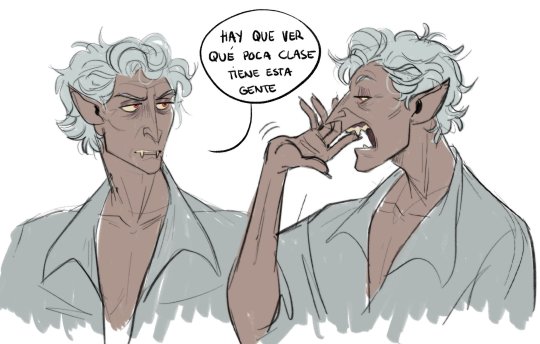
ñam ñam
#astarion#bg3#baldur's gate 3#astarion ancunin#ES ESPAÑOL!!!#de hospitalet de llobregat concretamente#doods
333 notes
·
View notes
Note
Was curious if you have any interesting information on L’Hospitalet de Llobregat?
I moved about a year ago, and I am about to sign up for my first Catalan class with the CNL soon. Since I do not speak Catalan yet and have limited Spanish, a lot of information I come across for my new home is not accessible to me.
Thank you in advance, and for you write on here in general. It is a great resource.
Thank you! And best wishes for the course with CNL, I hope you enjoy it!
L'Hospitalet de Llobregat is the 2nd most populated city in Catalonia and has the most densely-populated neighbourhood in all of Europe (Torrassa and Collblanc neighbourhoods). I'll shorten it to L'H from now on.
There's archaeological evidence of population in what nowadays in L'H since the Paleolithic (hunter-gatherer communities in the Prehistory), Ancient Iberian (the indigenous people who lived here before the Roman invasion), and the Roman era.

Ancient Roman head of Medusa known as "Medusa de Provençana", found in an excavation next to the Santa Eulàlia de Provençana church in L'H. Nowadays it's exhibited in the Museu d'Arqueologia de Catalunya, Barcelona.
The origin of the city as we know it now dates back to the Middle Ages. It originated as two entities: the older Provençana (which we have written records of since around the year 900, and was found around Sta Eulàlia de Provençana) and the later Hospital de la Torre Blanca ("Hospital of the White Tower", from around the year 1100, what is now barri del Centre). The second one was a hospital not in our modern sense of a place to take care of the ill, it was a house for helping poor and homeless people, probably founded by the Knights Hospitaller. It grew in population and ended up becoming more important than Provençana, and eventually the name that designated the whole area was changed from Provençana to L'Hospitalet (meaning "The Little Hospital" in Catalan).
But throughout all of these centuries, L'H was a very rural town with a small population (as an example, it had about 900 inhabitants in the year 1815). The population grew when an irrigation canal was built that allowed the fields to be way more productive, reaching 5,000 inhabitants around the year 1900. But the population boom came in the 1960s and 1970s, during the Francoist dictatorship, when many immigrants from different rural parts of Spain moved to the big cities to work in the industry. That's when the areas around Barcelona were quickly built up in these massive apartment blocks to make the "bedroom cities" from where the newly-arrived workers commuted to work every day. The population boom was so huge that it explains why L'H is the 2nd biggest city in Catalonia and so densely populated.


Carrer de la Florida in 1956 vs 2024. (L'H city archive / Google Maps).
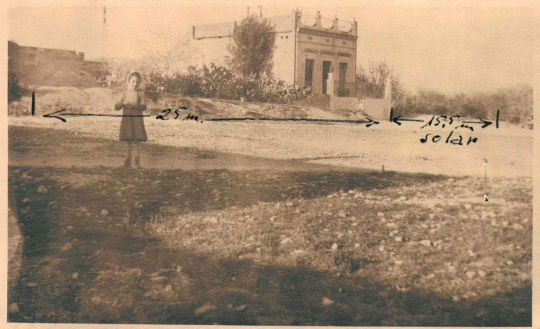

Carrer de la Renclusa, 84, in 1955 vs 2024. (L'H city archive / Google Maps).


Carrer de la Mina, 19, in 1956 vs 2024. (L'H city archive / Google Maps).
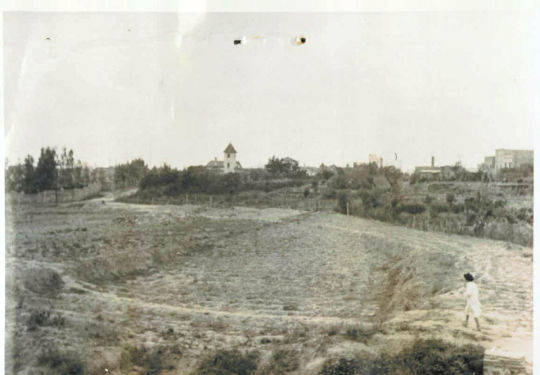

Avinguda del Torrent, 78, in 1956 vs 2024. (L'H city archive / Google Maps).
These "bedroom cities" had been built so quickly, that they didn't have any services. The inhabitants had to fight for all the services they have, which created a strong sense of pride that still continues nowadays.
As another note, one of the most famous maquis (anti-Francoism guerrilla fighters) was from L'H: Quico Sabaté. You can read about him on Wikipedia here. Another famous person from L'H is Ferran Adrià, one of the most famous chefs in the whole world.
I hope this was interesting, and I hope you can make the most of the Catalan classes, it will surely help you understand the country more and get better perspectives for a job.
22 notes
·
View notes
Text

Sant Boi de Llobregat, Barcelona, 1958 - by Ricard Terré (1928 - 2009), Spanish
40 notes
·
View notes
Text

Buttons, flippers, slingshots, and targets for Talleres del Llobregat S.A. / Automaticos' Dig-A-Star pinball table.
5 notes
·
View notes
Text

Estadio Olímpico Municipal, L'Hospitalet de Llobregat, Spain
8 notes
·
View notes
Text
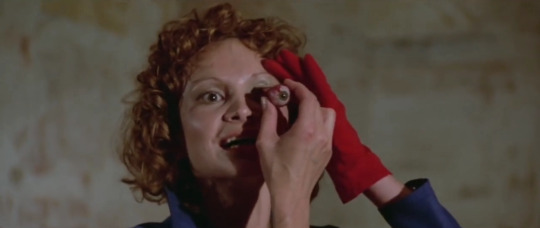


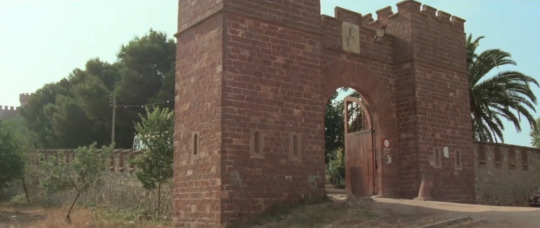

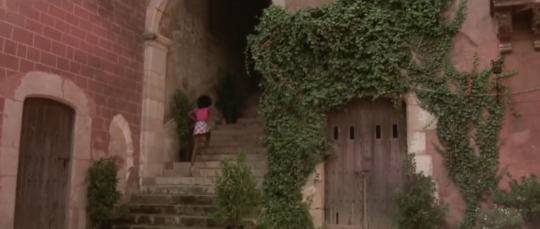

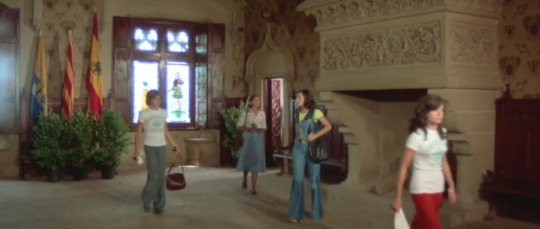
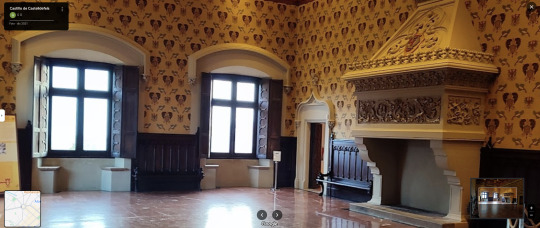
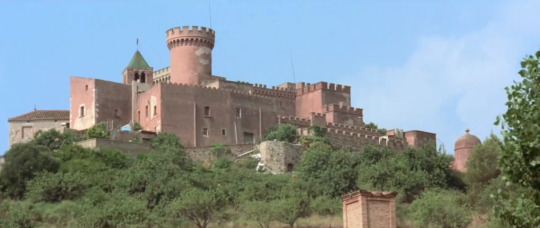
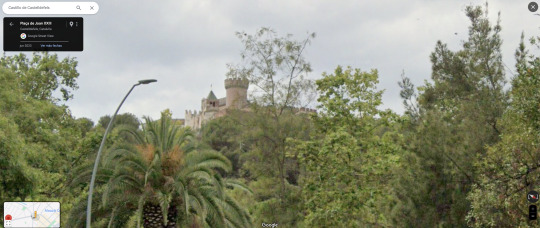
Gatti rossi in un labirinto di vetro / Eyeball
Umberto Lenzi. 1975
Castle
Plaça del castell, 1, 08860 Castelldefels, Barcelona, Spain
See in map
See in imdb
#umberto lenzi#gatti rossi in un labirinto di vetro#eyeball#martine brochard#ines pellegrini#castelldefels#baix llobregat#barcelona#catalonia#spain#castle#glove#red#eye#red gloves#movie#cinema#film#location#google maps#street view#1975#giallo
6 notes
·
View notes
Text
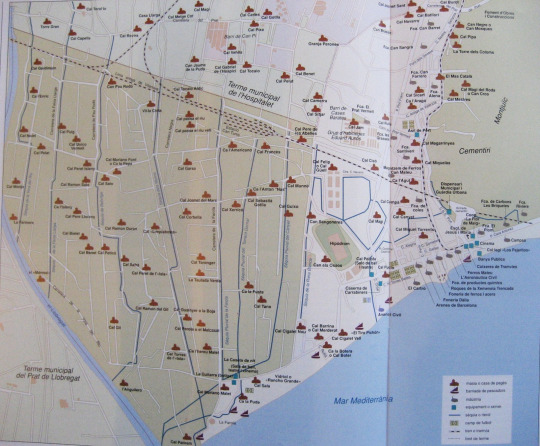
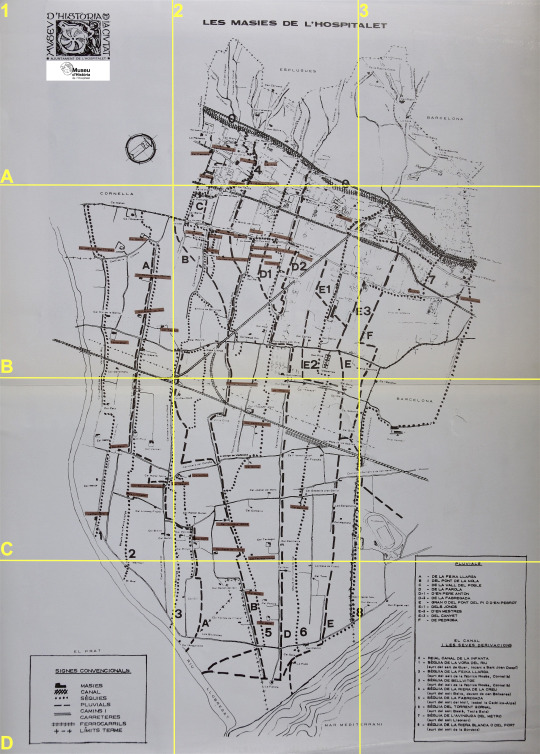
Mapa amb les antigues masies de l'Hospitalet de Llobregat.
2 notes
·
View notes
Text
rivers feel like home ^___^
1 note
·
View note
Video
GIRONELLA-BERGUEDÀ-PONT VELL-CASTELL-TORRE-RRELOTGE-FAROLES-POBLE-PAISATGES-LLUM-PINTOR-ERNEST DESCALS por Ernest Descals
Por Flickr:
GIRONELLA-BERGUEDÀ-PONT VELL-CASTELL-TORRE-RRELOTGE-FAROLES-POBLE-PAISATGES-LLUM-PINTOR-ERNEST DESCALS- Escena paisajista en el pueblo de GIRONELLA, comarca de El Berguedà en el interior de la provincia de Barcelona, Catalunya Central, pueblos de la Ruta del Llobregat, sobre el PONT VELL bordeado de farolas de hierro negro y torres de alta tensión se abre el camino que me lleva hacia el nucli antic el que destaca la Torre del Rellotge y los restos del antiguo castillo, cielo muy azul dotado de fuerte luz que ilumina algunas fachadas de sus casas y el suelo del empedrado puente, paisajes característicos de los pueblos con historia y vieja arquitectura. Pintura del artista pintor Ernest Descals sobre papel de 50 x 70 centímetros.
#GIRONELLA#PONT VELL#CASTELL#CASTILLO#CASTLE#TORRE DEL RELLOTGE#NUCLI ANTIC#POBLE VELL#PONT DE PINOS#OLD BRIDGE#PUENTE MEDIEVAL#COMARCA BERGUEDÀ#BARCELONA#LLOBREGAT#POBLE#POBLES#VILLAGE#PUEBLO#PUEBLOS#CATALUNYA#CATALONIA#CATALUÑA#CATALUNYA CENTRAL#RUTA#HISTORIA#HISTORY#ARQUITECTURA#FAROLAS#TORRES DE ALTA TENSIÓN#ESCENA
0 notes
Photo

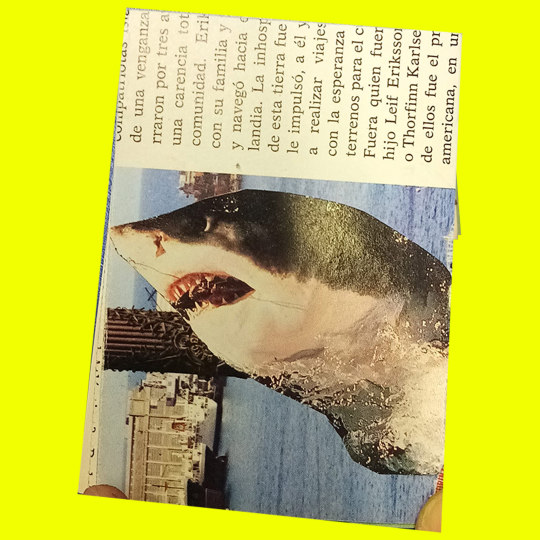
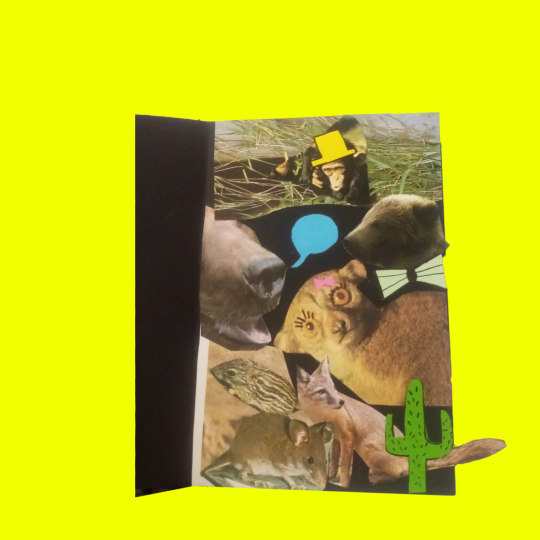

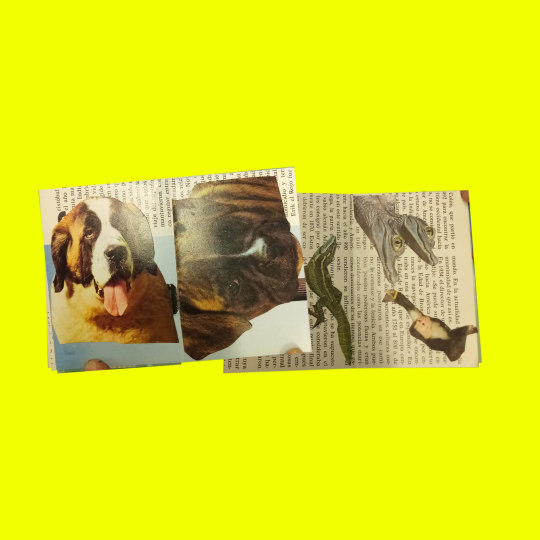

Algunos de los resultados del TALLER DE FANZINES
que hicimos con El Prat Cultura, en el SAO
Programado por Stella Ortiz, a partir del Lloro,
he podido ver que siguen haciendo fanzines colectivos <3
2 notes
·
View notes
Text






House of the artist Xavier Corberó in Esplugues de Llobregat (Barcelona Metropolitan Ambit, Catalonia).
Corberó (1935-2017) was a renowned sculptor and painter of abstract art. In 1968, he bought this piece of land in the outskirts of Esplugues. His intention for this plot was the same one that he answered in all interviews about all his works: "to make poetry". He designed his own house to be a labyrinthic work of architectural poetry. He kept expanding for over 40 years, until his death.
This complex consists of 6,000 m2 with 9 buildings, 25 rooms, a hexagonal interior courtyard, 10 patios, more than 400 works of art, a Rolls-Royce (luxury car) used only as decoration, an underground auditorium with a capacity for about 250 people, and a garden with many totem-like sculptures made by Corberó.
In 2022, it was bought by the Esplugues de Llobregat city council. Nowadays, it's being prepared to open as a public cultural space.
Photos: Alberto del Castillo, sivard_official, CC Magazine, Manolo Garcia/Ara.
#arquitectura#xavier corberó#arts#esplugues de llobregat#catalunya#architecture#buildings#interiors#exteriors#modern architecture#cityscape#concrete#catalonia#europe#landscaping#luxury home#luxury#design
71 notes
·
View notes
Text







Senderismo Rpt Pallejá. Muy fresco y buenas vistas.
0 notes
Text
El jardín invisible de Gaudí - MNACTEC
La exposición “El jardín invisible de Gaudí” da a conocer un conjunto arquitectónico desconocido del arquitecto catalán Antoni Gaudí (Reus o Riudoms, 1852 – Barcelona, 1926) dentro de los jardines del antiguo Manicomio de Sant Boi de Llobregat.
Banco del conjunto modernista del antiguo Manicomio de Sant Boide Llobregat. Foto: web mnactec.cat
Construido entre el 1903 y el 1912, el jardín…

View On WordPress
#antiguo Manicomio de Sant Boi de Llobregat#Antonio Gaudi#Arquitecto#Arquitectura#Cultura#Diseño#España#Exposición#jardin#mnactec#Modernismo#obra desconocida
0 notes

